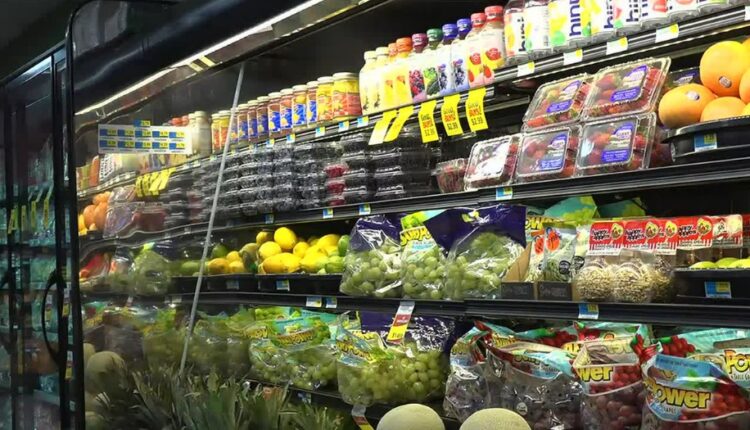
Producer Price Inflation Falls To 35-Month Lows, Year-Over-Year Change Threatens To Go Negative
Following a lower-than-expected consumer price index inflation report on Wednesday, American producers saw a further reduction in pricing pressures in June.
What happened: The Producer Price Index (PPI) for final demand recorded a 0.1% month-on-month rise in June, the Bureau of Labor Statistics said Thursday, rebounding from the revised 0.4% drop recorded in May but below the expected 0.2% rise.
In annual terms, PPI rose 0.1%, markedly down from May’s downwardly revised 0.9% reading and well below the expected 0.4% figure. This marks the lowest annual PPI inflation rate since August 2020.
At the same time, the Department of Labor reported a lower-than-expected increase in weekly unemployment claims (237,000 versus 250,000 forecast) confirming a still relatively healthy labor market.
These two data releases cement market expectations for the Federal Reserve to raise interest rates once this month and then halt its tightening policy. The market probabilities of two rate hikes by November are now at 18%, down from 40% a week ago.
Futures on the S&P 500 Index, which is tracked by the SPDR S&P 500 ETF Trust
SPY, were 0.3% higher ahead of Wall Street opening bells.
Latest US Economic Data: Key Highlights
- Headline PPI inflation rose 0.1% from a month ago and 0.1% from a year ago.
- Core PPI inflation, which excludes foods and energy, ticked 0.1% higher on the month, in line with May’s reading and below expectations of 0.2%. In annual terms, core PPI was 2.4%, lower than both the expected and May’s 2.6%.
- A 5.4% advance in the costs of deposit services was a major factor in the June increase in producer prices for final demand services. In contrast, freight truck transportation charges fell 2.1%. The indexes for food and beverage wholesalers and residential real estate loans (partial) decreased as well.
- The number of Americans registering for unemployment benefits in the week ending July 8 fell from 249,000 to 237,000, below the expected 250,000.
- The four-week moving average for jobless claims, which eliminates week-to-week variability, fell from 253,500 to 246,750, below the expected 255,390.
- Continuing jobless claims for the week ended July 1 rose from 1,718,000 to 1,729,000 , above the forecasted 1,723,000.
Chart: PPI Inflation Falls To 34-Month Lows, Erasing Price Pressures

The Producer Price Index (PPI) is an economic indicator used to measure the average change over time in the selling prices received by domestic producers for their output. It provides insight into the price movements at the producer or wholesale level in various industries and sectors of the economy.
The PPI is often considered a leading indicator of inflationary pressures because changes in producer prices can ultimately impact consumer prices. By tracking price changes in the early stages of the production process, economists and policymakers can gain valuable information about future inflationary trends



